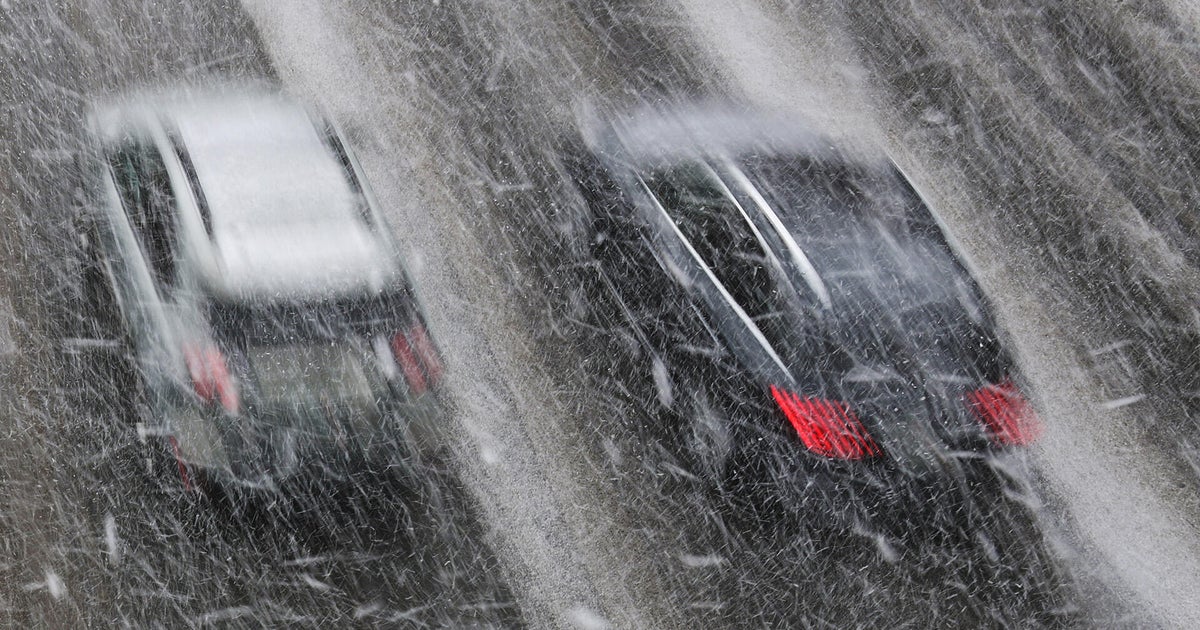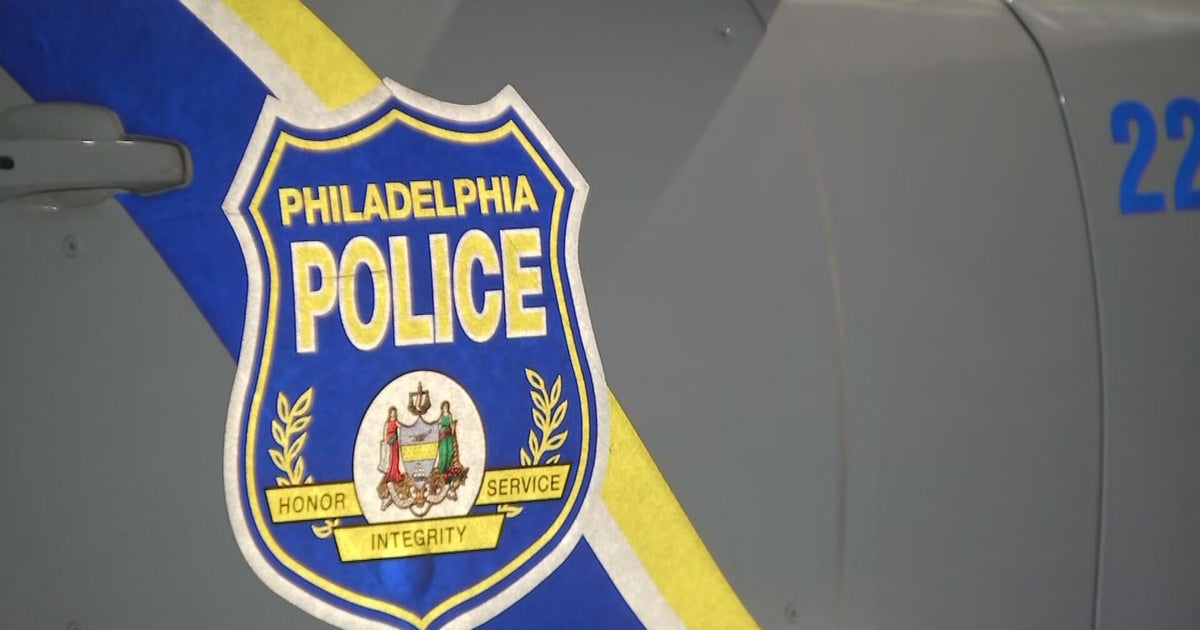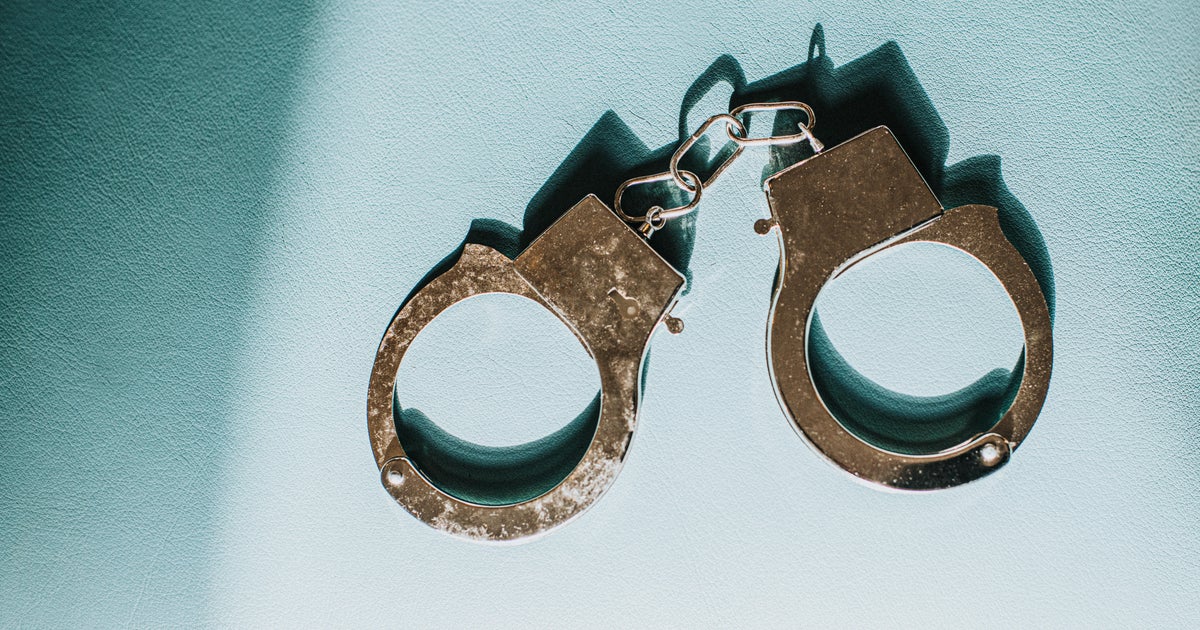Minnesota Ranked 2nd-Worst In U.S. For Racial Equality
MINNEAPOLIS (WCCO) -- A new report lists Minnesota among the worst states in America for racial inequality.
The website 24/7 Wall Street listed Minnesota as the second-most unequal state in the country behind Wisconsin.
Neighboring states South Dakota finished third, Illinois was fourth and Iowa was fifth.
The study measured gaps between black and white residents in areas like unemployment, income and homeownership.
It found that black people in Minnesota are ten times more likely to end up in jail or prison than white people.
It also found the median income for a black household is $30,306, but a white household is more than double that number at $66,979.
Race relations experts feel those two statistics are directly connected.
"If [African Americans living near the poverty line] do have employment, it pays a very low wage. You are a renter at best," said Keith Mayes, associate professor of African American Studies at the University of Minnesota. "And then if you are thoroughly outside of the labor market and participating in the underground economy [selling drugs, sex] then you may end up in jail."
Racial inequality is no secret in the United States. Earlier this month, the tension connected to it ignited in the streets of Charlottesville, Virginia.
"We look at Charlottesville, and we look at the Tiki torches burning there, but people don't realize we're being scorched every day here in America, especially here in Minnesota," said Minneapolis NAACP President Jason Sole.
He feels his point is validated by 24/7 Wall Street's study. He says the proof is in his experience living in several of the states that landed in the top five.
"I'm from Chicago. I graduated in Waterloo, Iowa. I've been living in Minnesota the last 17 years," Sole said. "Every place I've lived I've felt this immense pressure, like this microscope watching your every move and they try and force you to break."
The study also found that the unemployment rate for black Minnesotans was 8.8 percent, but white Minnesotans was only 3 percent.
The homeownership rate for black people was 21.7 percent, but that number more than triples for white people at 76 percent.
"If I can't get housing, if I can't get a job, what do you really want me to do?" Sole said. "Those are the most basic needs we have."
Mayes feels the results of the study are staggering, but not surprising.
"[The results] should be a cautionary tale about race in the country, that we have a segment of the population that has been forgotten, that has been written off," Mayes said. "To me [the results] all correlate, or maybe even arguably, there's a causal link."
Sole feels fixing the issues starts by holding government entities, such as law enforcement or housing authorities, accountable. And mobilizing is the next step.
"Let's talk about [the study] with our families. What do these numbers represent? Let's talk about it in our communities, the churches, the mosques," Sole said. "Everybody should be looking at that information and saying, 'Wow, how do we make sense of this? Who had dropped the ball?'"
Minnesota's achievement gap over recent years has also shown a disparity between white students and minorities.
The latest 2017 numbers from the Minnesota Department of Education found that in grades three through eight and tenth, the amount of white students who met the standard for reading and math was about double that of black students.







